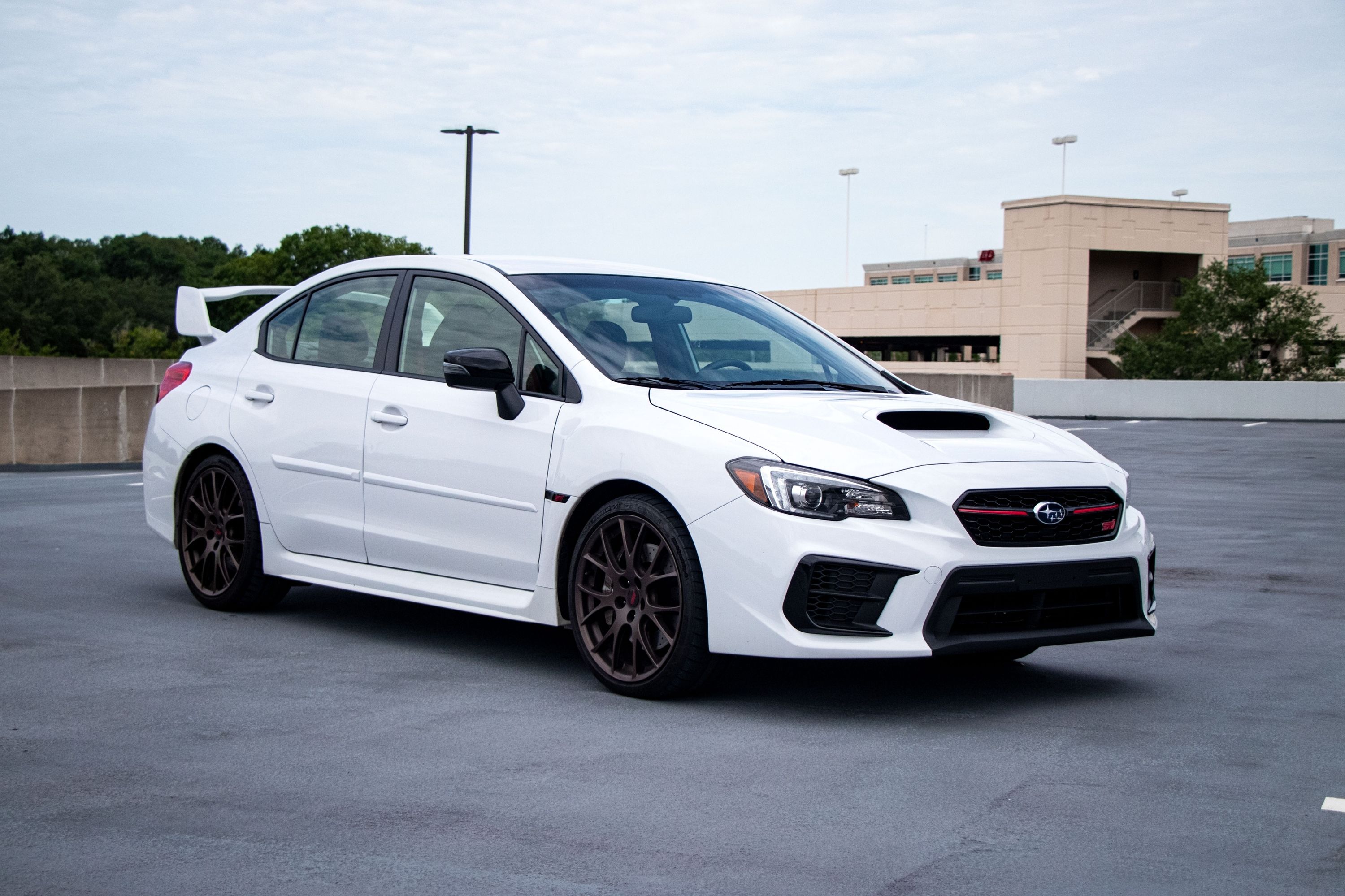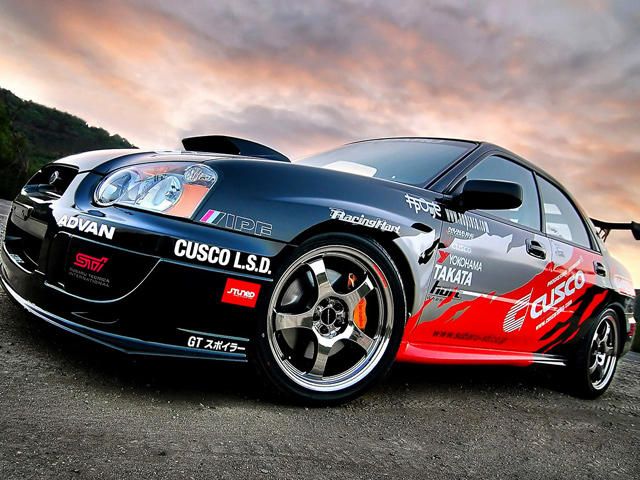
The WRX, Subaru's most famous moniker, is to the Japanese automaker what the 250 GTO was to Ferrari. There is no way and no reason to compare either of the two cars or the companies. However, without the WRX, Subaru would have remained relatively unknown outside of Japan without any motorsport titles to its name, devoid of public respect, and deprived of a great car, though not great in the Ferrari sense of the word, but in a Subaru context.
The WRX was born out of the automaker's need to raise its profile above the crowded Asian automotive scene. So in 1992 the program started and from its onset Subaru executives were interested in exporting the car to the U.S., Europe, and Australia. This is why they also invested in a WRC (World Rally Championship) program, though not initially with this model. As a small automaker, Subaru at the time didn't have the resources to design, engineer and build an entirely new car from scratch. Instead they went with the most economical method of drastically improving its most popular car, the compact Impreza sedan.
The traditional 2.0-liter boxer engine was reinforced with a turbocharger thereby raising output to 237hp at 6,500 rpm and torque to 206lb-ft at 5,000 rpm. Two large fog lamps were placed up front along with an aggressive air intake on the hood. There was also a widened body and a large rear wing that completed the main exterior changes that truly set it apart from the standard and bland Impreza. Another variation of the new car was the WRX Type RA, which was a stripped down version for customers who were interested in adapting the car for motorsport activity, though the car itself wasn't used by Subaru for rallying.
In the mid-1990s Subaru entered their Legacy sedan into the Group A category in the World Rally Championship. Scottish driver Colin McRae won the 1994 RAC rally with this larger car but its deficiencies were clear for all to see. In 1995 Subaru replaced the Legacy with Impreza WRX and this time McRae brought home the Drivers' World Championship and the team won the Manufacturer's World Championship. Subaru could never recapture the heights of this season, though it didn't prevent the WRX from becoming an iconic car. The first generation WRX, based on the GC8 platform, was on sale for an impressive eight years.
That Impreza was replaced in 2001 with a new model that was available in two body styles, a sedan and a five-door hatchback. During those years the WRX went through various improvement programs and was the basis for tuners firms as well.. The car gathered loyal followers who replaced one WRX with the next one and created a cult, almost a sect, around the car. The second generation WRX (2001-2007) was based on the GD chassis and torsional stiffness was increased by 120 percent. For the first four years it was propelled by a 227hp 2.0-liter boxer engine and from 2006, a 230hp 2.5-liter unit.
The car retained its AWD system and a four-speed automatic gearbox was available. Visual differences were found up front, with round headlamps and at the back with a different layout for the rear wing. In addition there were a few limited editions like the 2005 WRP10, which was exclusive to the Australian market with just 200 units. The engine was equipped with an STI ECU that increased output by 10hp and some other improvements were applied as well. The third generation WRX was launched in 2007 on the GE/GH chassis with a 2.5-liter engine. It also went through a massive redesign which gave it a more modern appearance.
Many criticized it because it no longer had the 'boxy' look and sharp edges that made it so recognizable. Buyers were also able to opt for a five-door hatchback version as well as the sedan. Now that the fourth generation Impreza is on the market, we're anxiously awaiting the next WRX, set to arrive next year. In 2008, following the crash of the auto industry during the global recession, Subaru announced its withdrawal from participation in the WRC and have yet to return. However, the WRX is still a popular high-performance road car that continues to be driven by its owners on the track and as a daily driver.

